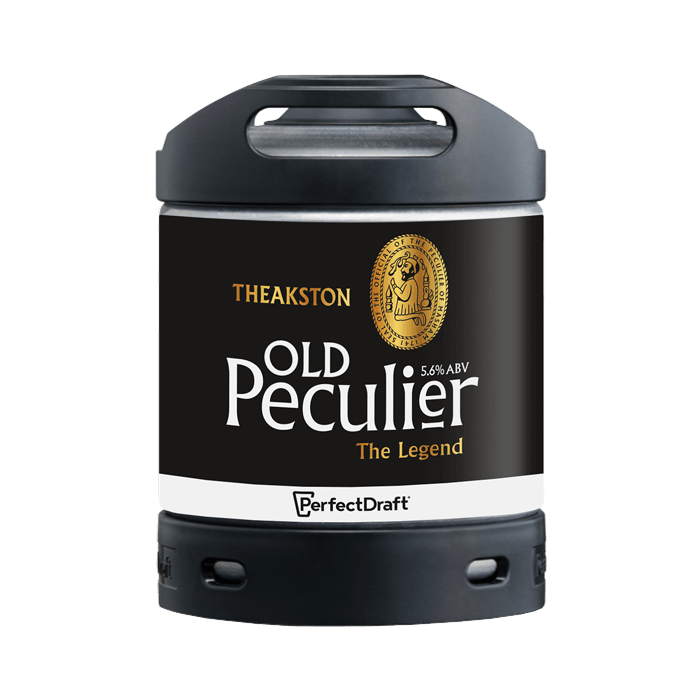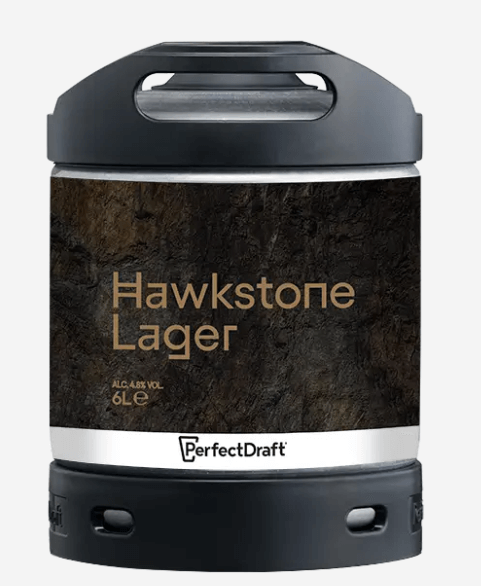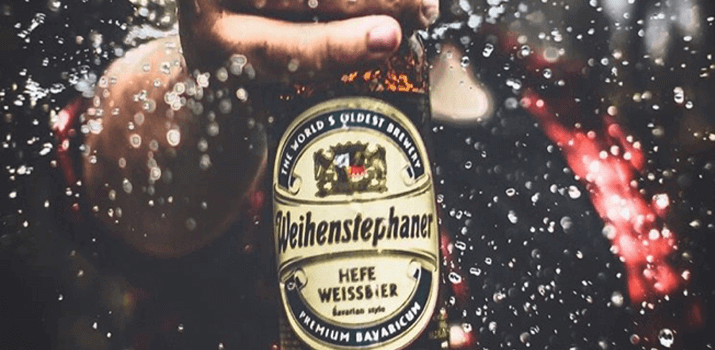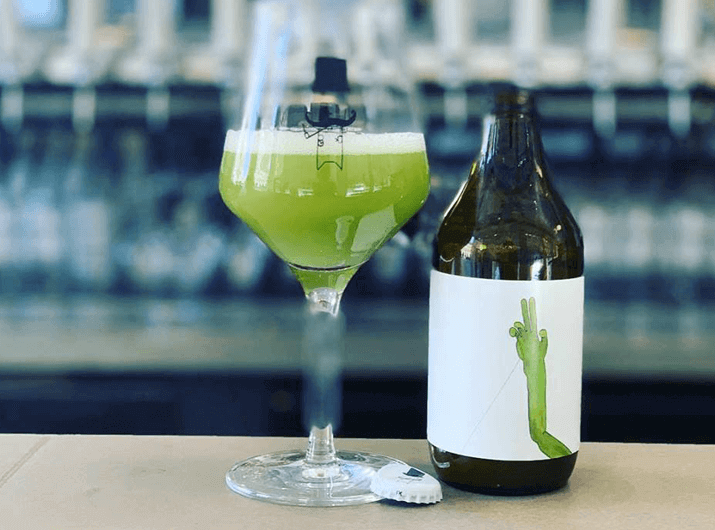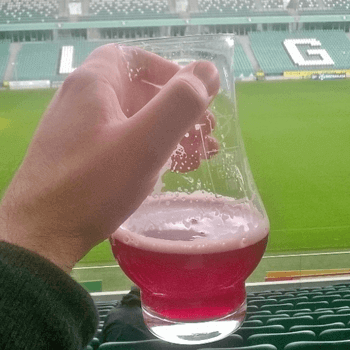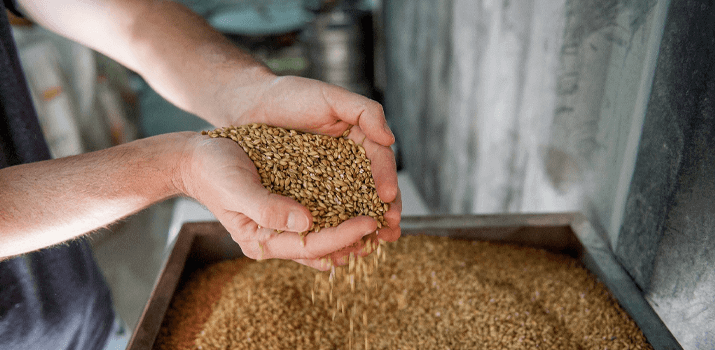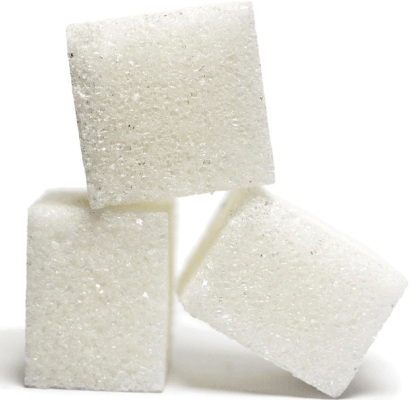
When brewing beer at home, sugar plays a key role in fermentation. But what type should you use, how much, and when? What about alternatives like honey? Here’s a complete guide to help you make the right choice.
Fermentable vs. non-fermentable sugars
Sugars in brewing fall into two main categories: fermentable sugars, which yeast can convert into alcohol and CO₂, and non-fermentable sugars, which remain in the beer and influence body and sweetness.
Fermentable sugars
- Glucose (Dextrose): Easily consumed by yeast. Commonly used to boost alcohol without adding flavour.
- Maltose: The main sugar in wort, composed of two glucose units. All brewer’s yeasts ferment it easily.
- Maltotriose: Made of three glucose units. Bottom-fermenting yeasts (lagers) handle it well, but top-fermenting yeast (ales) may vary in their ability to ferment it, leaving residual sweetness.
- Sucrose (Table Sugar): Neutral in flavour and highly fermentable. Often used in small doses.
- Cane Sugar (Candy Sugar): 99.5% sucrose, adds subtle flavour and increases alcohol.
- Malt Extract: Available in powder or liquid form, it contributes both sugars and malt flavour. Use 1.3× the quantity of table sugar for dry extract and 1.6× for liquid extract.
- Maple Sugar: About 70% sucrose, with a fragrant, woody flavour.
Non-Fermentable sugars
- Lactose: Milk sugar that remains in the beer, softening bitterness and adding creaminess. Common in milk stouts.
- Sorbitol: A lactose substitute that’s less allergenic and more digestible.
- Dextrin: A chain of glucose molecules that adds body and improves head retention. Often sold as maltodextrin (a mix of dextrin and maltose).
When should you add sugar ?
- Before Primary Fermentation: Add sugars at the end of the boil for even dissolution in the wort.
- Before Bottling: For carbonation, add fermentable sugar. Dissolve it in sterilised water first to ensure even distribution.
How much sugar to add ?
To raise the gravity by one point (e.g. from 1.060 to 1.061), add 2.5g of glucose per litre of wort.
The special case of honey
Honey is around 35% glucose, 35% fructose, and 20% water. While it can add floral or herbal notes, it also contains wild organisms that could contaminate your brew. To use it safely:
- During Boiling: Add honey at the end of the boil to preserve aroma and ensure sterilisation.
- For Bottle Conditioning: Heat gelled honey in a bain-marie at 35°C to liquefy, dilute 1:1 with water, then pasteurise at 85°C for 15 minutes before adding to your beer.

From boosting alcohol to shaping flavour and body, sugar is more than just a fermentable—it’s a creative tool in your brewer’s kit. Now it’s your turn to experiment—just don’t forget to brush your teeth!
Alcohol abuse is dangerous for your health. Please drink responsibly.
Read other articles : What types of yeast should you use to brew your own beer ? and How to grow your own hops ?

